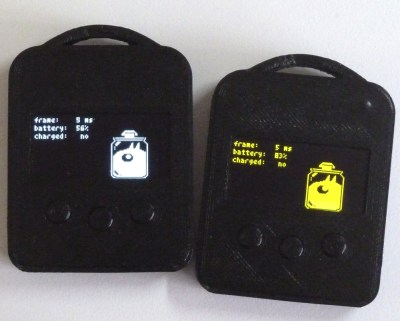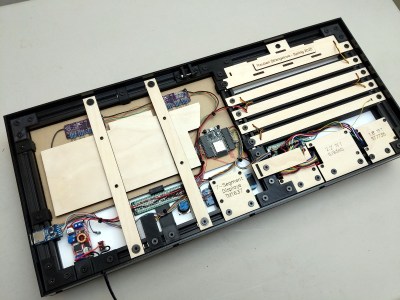Join us on Wednesday, April 8 at noon Pacific for the Brainstorming COVID-19 Hack Chat!
The COVID-19 pandemic has been sweeping across the globe now for three months. In that time it has encountered little resistance in its advances, being a novel virus with just the right mix of transmissibility and virulence that our human immune systems have never encountered. The virus is racking up win after win across the world, crippling public health and medical systems, shutting down entire economies, and forcing billions of people into isolation for the foreseeable future.
While social distancing is certainly an effective way to limit the spread of the disease, it feels more like hiding than fighting. Bored and stuck at home, millions of fertile minds are looking for an outlet for this frustration, a more affirmative way to fight the good fight and build solutions that the world sorely needs. And thus we’ve seen the outpouring of designs, ideas, and prototypes of everything from social distancing helpers to personal protective equipment (PPE) hacks.
In this Hack Chat, we’ll try to provide a framework around which hackers can start to turn their ideas into COVID-19 solutions. There are a ton of problems right now, but the most acute and most approachable seem to revolve around making sure healthcare providers have the PPE they need to do their job safely. Hacking at the edges of managing social distancing seems doable, too, both in terms of helping people keep a healthy distance from each other and in managing the isolation that causes. And let’s not forget about managing boredom; idle hands lead to idle minds, and staying healthy mentally is just as important as good handwashing and nutrition.
Join us on Wednesday for this group-led Hack Chat and bring your best ideas for attacking COVID-19 head-on.
 Our Hack Chats are live community events in the Hackaday.io Hack Chat group messaging. This week we’ll be sitting down on Wednesday, April 8 at 12:00 PM Pacific time. If time zones have got you down, we have a handy time zone converter.
Our Hack Chats are live community events in the Hackaday.io Hack Chat group messaging. This week we’ll be sitting down on Wednesday, April 8 at 12:00 PM Pacific time. If time zones have got you down, we have a handy time zone converter.
Click that speech bubble to the right, and you’ll be taken directly to the Hack Chat group on Hackaday.io. You don’t have to wait until Wednesday; join whenever you want and you can see what the community is talking about.



















